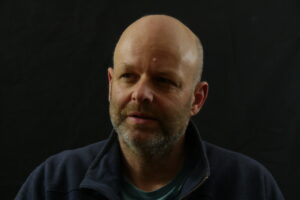New Year resolution – taking time for yourself
As well as a very significant time for those with a religious faith, Christmas can also be time of reflection and of remembering loved ones who are no longer with us. The Christmas and New Year period can often be a lonely time for many and can also be a stressful time financially and mentally, as we struggle to make sure our Christmas lives up to the huge expectations that we place on it. The number of people who tell me that they will be glad when it is over, seems to be growing by the year! It can be difficult to take time for ourselves, to quieten down and do something that brings us peace and calm whatever that ‘something’ may be.
For me, it is walking in the Derbyshire hills nearby. I am always surprised by how much better I feel after a two or three hour walk. I feel that I am able to think more clearly than if I am simply sat at home. The act of doing something physical seems to be key with body and mind being engaged. After my first walk in weeks recently I wonder why I have left it so long. Life gets in the way – work, kids, cooking etc… We can get out of the habit of doing something that brings us real pleasure and also helps us mentally and physically. As someone once said ‘walking brings me back to myself’.
So, my New Year resolution is going to be simply – go for walks more often.
Yours may be to go fishing, knit, paint and draw …. Whatever it is, we should all take time out to do the simple things that help us on our journey through life.
A happy New Year to you all.


